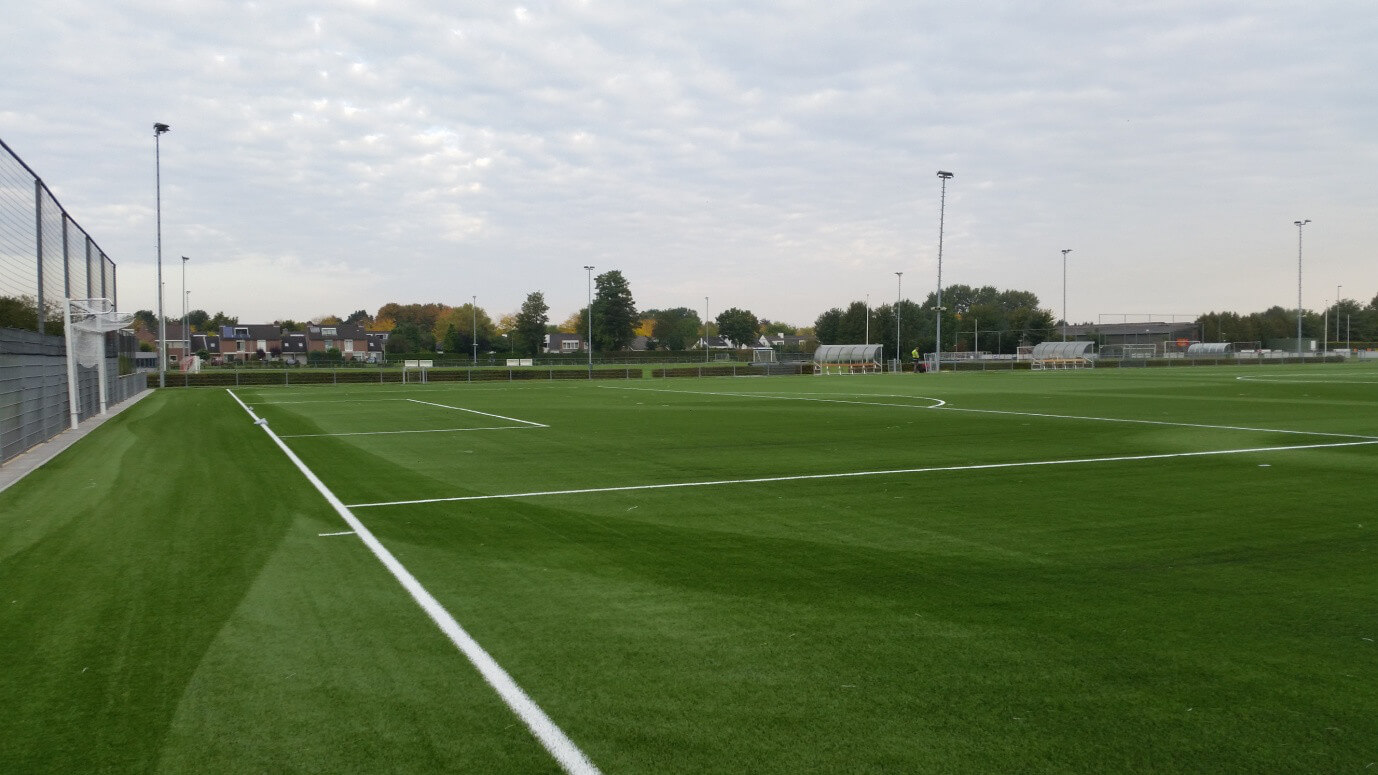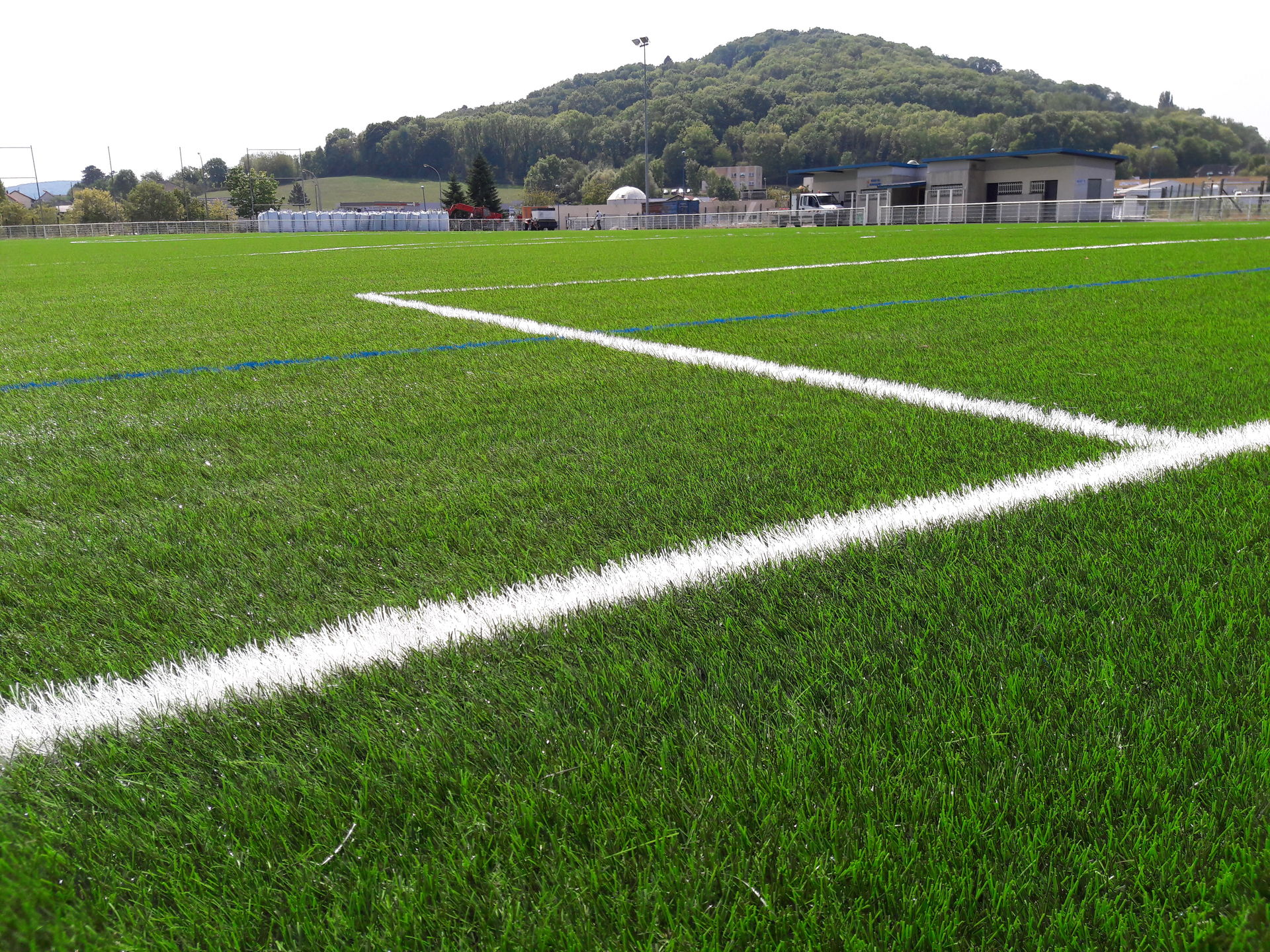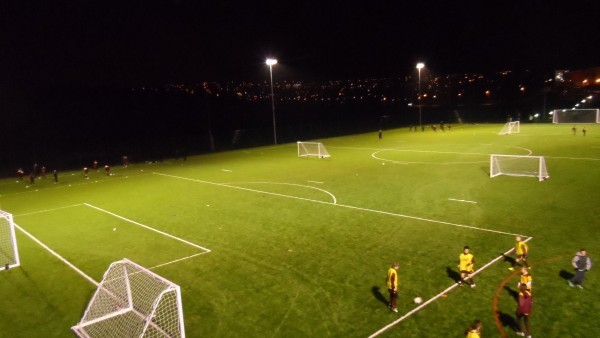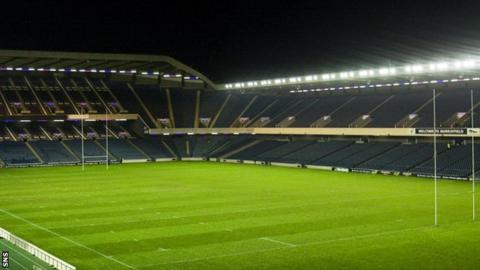The Ultimate Guide To Artificial Turf Pitch Replacement

Written in 2015 by Brian Wolfson A lot of controversy has been generated over the last couple of months regarding the fact that FIFA has chosen to implement artificial turf grass for the 2015 Women’s World Cup. Most are appalled over this decision to use synthetic turf instead of natural grass, the standard in most FIFA international matches.
This is because in these areas there is a greater usage of the field, since an inner city is densely populated. If an inner city field were made from natural grass, the field would get destroyed and it would not have enough time to recover due to the high demand of being inside a city (Straus).
Artificial turf was first used in 1966 when it was installed in a sports field in Houston, Texas. Back then it was called Astro Turf and was likely used for playing American Football. However, artificial turf only entered the professional soccer world in the 1980s, when English clubs such as Queen’s Park Rangers replaced their natural grass with artificial grass.
The Basic Principles Of Artificial Turf Pitch Replacement
Not only that, but the EPL saw an increasing amount of injuries during those years where synthetic turf was allowed. Then, in 2001, FIFA and UEFA created a quality assurance program, allowing people from all around the world to build artificial grass fields that followed a specific standard. Two years later, the U-17 World Cup in Finland was the first international game that featured artificial turf in one of its stadiums.

Before addressing the economic costs of using synthetic turf or natural grass, it is important to recognize that there are many different varieties of natural grasses that can be used for soccer fields. And, as one would expect, each one has its benefits and disadvantages. Specifically for natural grass, there are three types of grass fields that can be implemented for soccer: natural soil fields, modified soil fields and soilless fields.
These fields are relatively inexpensive, as all one has to do to build a soccer field is use the natural soil found in the area and invest in a proper drainage system. However, unless the soil is very sandy, it is generally not recommended to use a natural soil field (Natural Grass and Artificial Turf 9).
Indicators on Artificial Turf Pitch Replacement You Need To Know
Thus in order to fix this, a “turtle-back crown†along the perimeter of the field must be used to ensure proper drainage. In addition, another reason why natural soil fields are not the preferred option of soil to use for soccer fields is because when the field gets played on a lot, they tend to get muddy and this ruins the level of play immensely.
Usually, as much as 50% of a modified soil field is made up of sand, and this percentage allows for significant improvements to be seen when compared to natural soil fields. Some of these improvements are “better internal drainage†and “less susceptibility to compaction†(“Types of Fieldsâ€) (artificial turf). Thus, compared with natural soil fields, modified soil fields will prevent puddles from appearing on the soccer pitch and will sustain physical tear from play better.
Plus, with modified soil fields, one can also change the particular size of sand particles in order to achieve a desired effect (perhaps one may prefer very thin sand as opposed to thicker sand). But, this change has to be done in a lab to ensure that it is completed correctly (“Types of Fieldsâ€) (rugby pitch).
The Definitive Guide to Rugby Pitch

However, they offer “excellent internal drainage†so that one does not have to install any crowns for draining water. Instead, a tile is placed under the sand to remove any water that was not dried up. The major difficulties that arise with using soilless fields are that an extensive fertilization and irrigation system must be put in place, as it is harder for grass to grow in these types of fields because the sand dries up all the water quickly.
Image of a soilless sand natural grass field (“Section D – Pitch Designâ€). There are many who have argued that FIFA’s decision to use artificial turf fields during the World Cup is for purely economical reasons. In other words, there is a belief that a turf field is much cheaper to implement than a grass field.

However, recent studies show that cost should not be deciding factor when choosing which type of grass to use for a soccer field, as both artificial turf and natural grass have very similar prices. Grass: A very comprehensive study looked at several types of natural grass fields and was able to find the aggregate costs of said fields throughout any given year: Natural soil fields cost around $50,000 to $150,000 to implement. rugby pitch.
The Only Guide for Pitch Replacement
For soilless fields, there are two other types of fields that one could implement that feature more advanced modifications to the grass. The first, Sand Based Mesh Element Field, “incorporates segments of polypropylene netting into the top 4 in. of the profile†(Natural Grass and Artificial Turf 9). These polypropylene nettings end up allowing for greater “water and air holding capacity, increased infiltration rates, improved surface stability, decreased divots and improved recovery time because the plants are healthier†(Natural Grass and Artificial Turf 10).
Another variation of a soilless field, the Pure Sand Based Water-Contained Sub-Surface System Field, has a new technology that requires less than 50% water compared to a regular sand based field. Although overtime the irrigation costs for this field decreases, its price of implementation is $500,000 to $600,000 (Natural Grass and Artificial Turf 10).

The top layer of the artificial turf is filled with small rubber pieces, made from recycled rubber from automotive and truck scrap tires, and is intended to provide cushioning to players (“Crumb Rubberâ€). artificial pitch replacement. Next, silicone-covered fibers are meant to replace grass, with curly fibers wrapped around them to help keep the silicone-covered ones upright.
pitch replacement